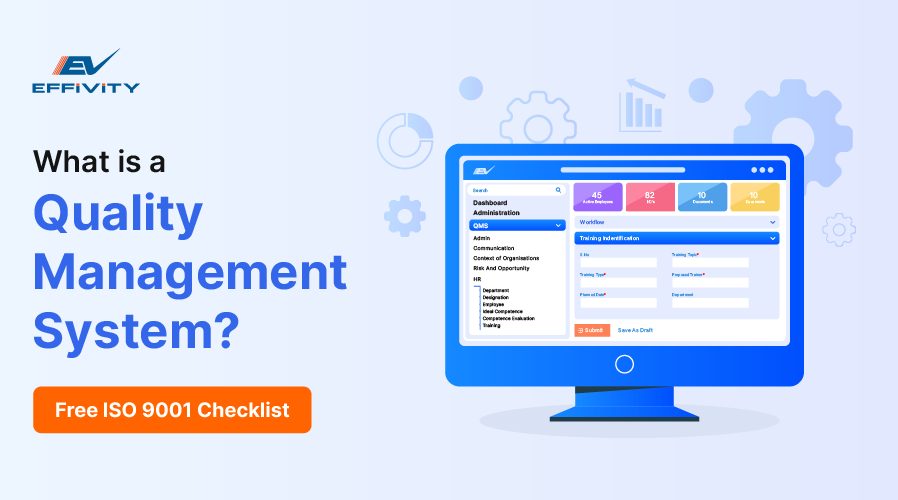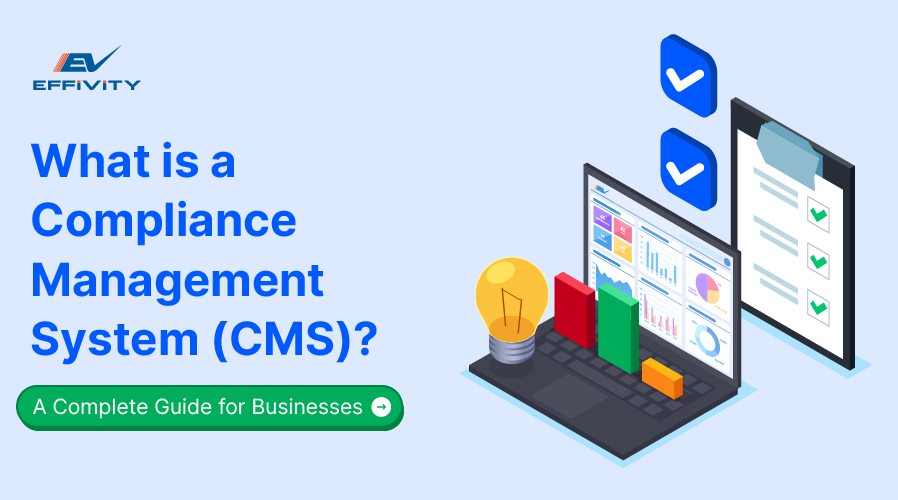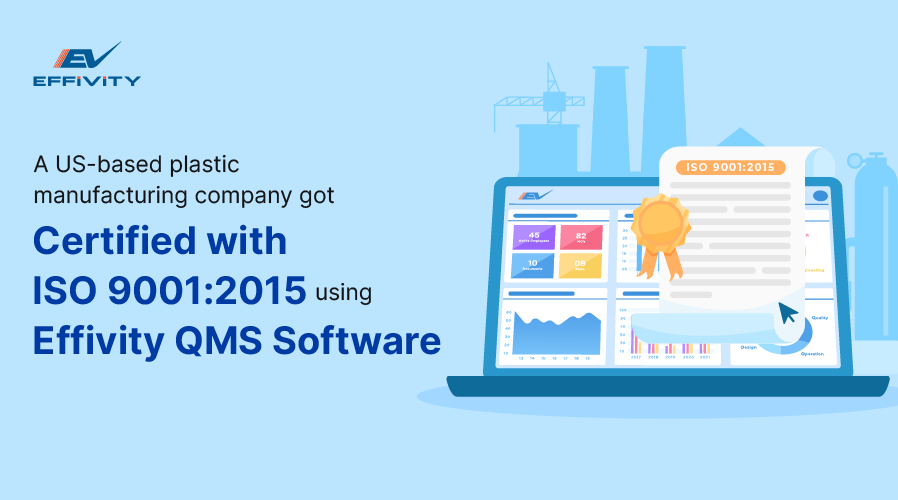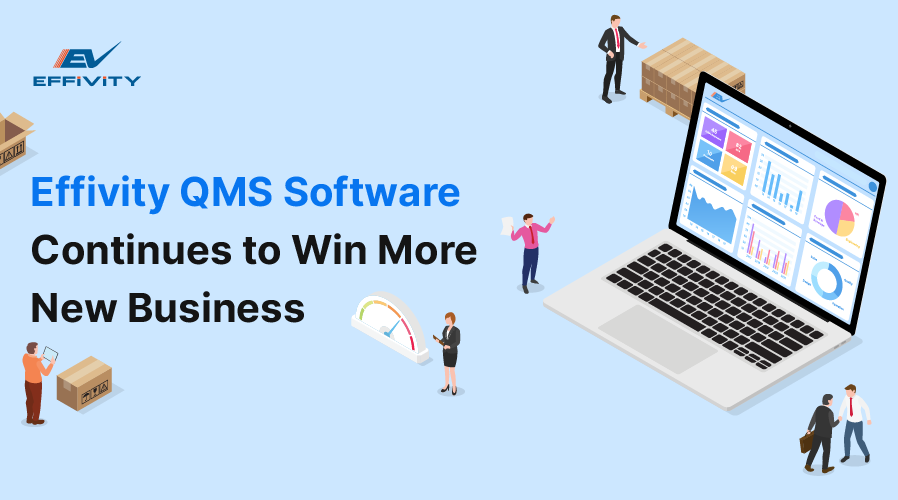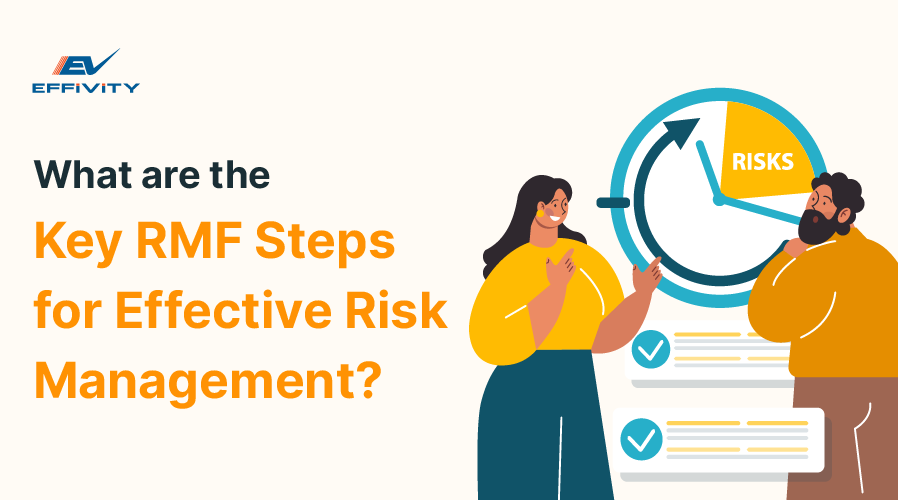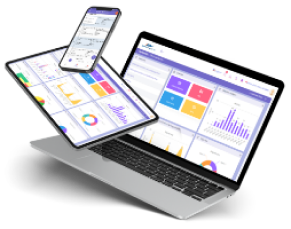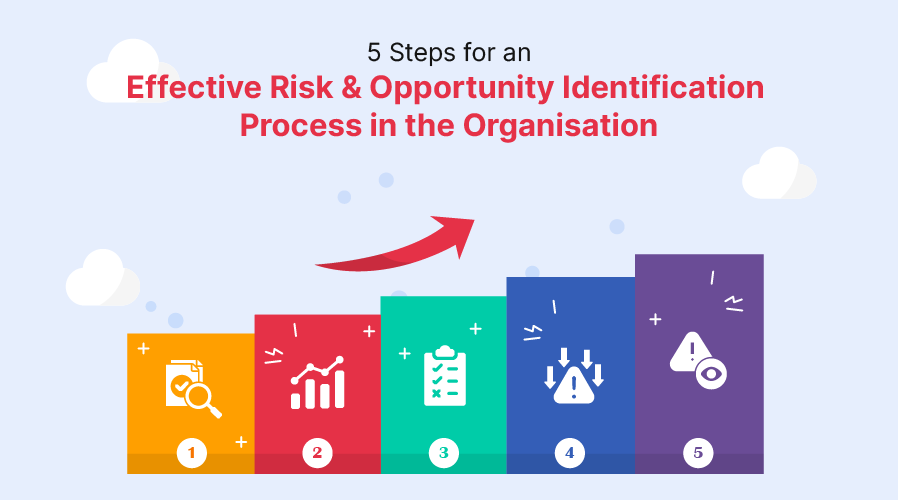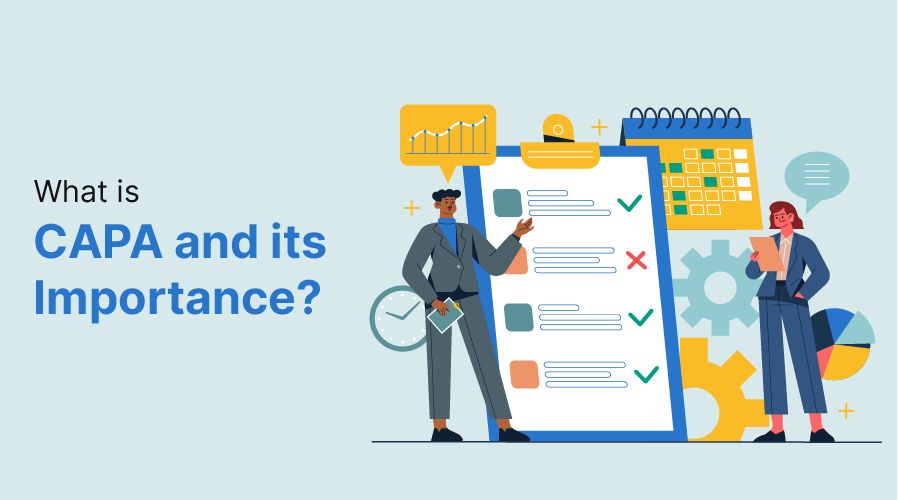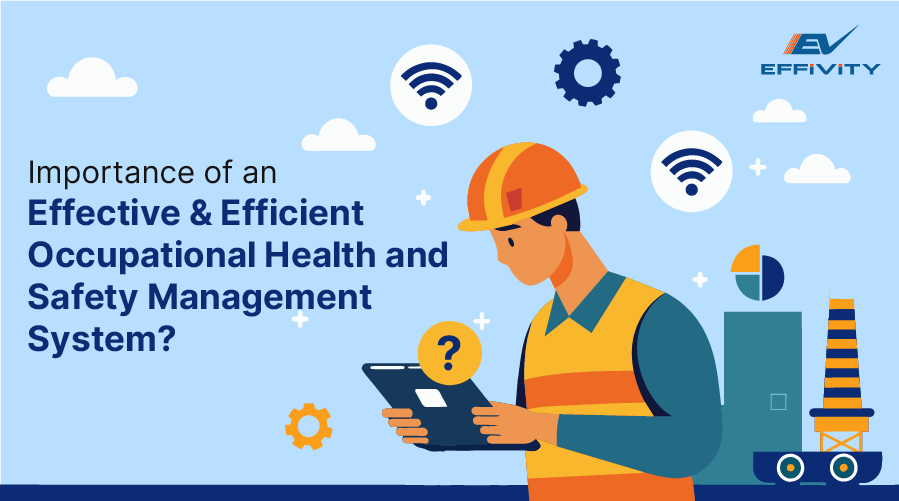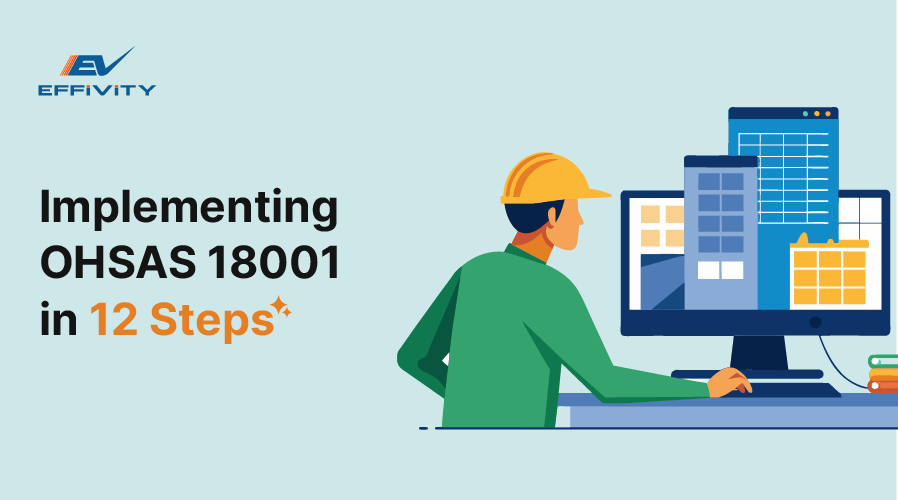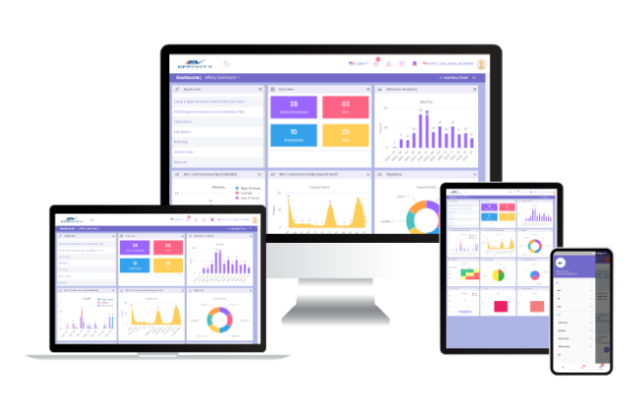So you're doing everything right. You have a strong risk management plan in place, clear responsibilities have been established, risks are identified and assessed promptly, and you're always two steps ahead. Except that's what you think.
Despite all the efforts to reduce the impact of risks on your business, some things still manage to go wrong. It can be frustrating, to say the least.
But that's okay. Risk management can feel like a complex puzzle. Each decision potentially impacts an organization's security, compliance, and overall resilience. So, revisiting your risk management process using a risk management framework might be a good idea.
The Risk Management Framework (RMF), developed by NIST (National Institute of Standards and Technology), provides a structured and comprehensive approach to risk management with a set of procedures, guidelines, and technologies.
It is designed to integrate security, privacy, and supply chain risk management into the life cycle of an organization's information security systems.
But what does it take to navigate this process successfully? Let's break down the 7 steps of RMF for successful risk mitigation.
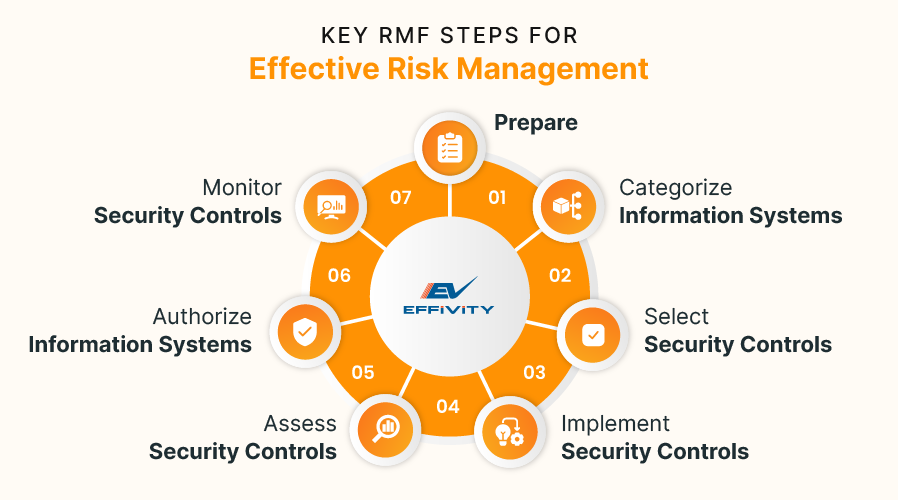
Step 1: Prepare
Before you dive into the RMF process, preparation is key. This step sets the foundation for everything that follows. It involves gathering the right people, resources, and information to support the entire risk management process.
Carefully evaluate your NIST risk management processes – who will be the key decision makers? What are the key roles and responsibilities? Define your risk management strategies and policies, assess the organization's security risks, and carry out a thorough assessment.
You'll need to ensure that you have the right policies in place, build awareness across your teams, and establish roles and responsibilities for risk management. With that, it will be easier to move smoothly through the next RMF steps and ensure everyone is on the same page.
Step 2: Categorize Information Systems
Every effective RMF implementation begins with understanding what needs protection. Categorizing your information systems for risk management involves identifying the types of information your organization processes, their sensitivity, and potential impacts if compromised.
For example, a system that handles sensitive customer information requires more robust security measures than a less critical internal tool. This step helps you understand what you're protecting and why it matters.
To do this, start by classifying information into categories such as confidential or public, assessing potential impact, and determining which security controls are necessary.
Step 3: Select Security Controls
Once your systems are categorized, the next RMF step is choosing security controls that align with their risk profiles. These are the safeguards or countermeasures that you will implement to protect your systems and data.
NIST provides a set of recommended security controls, but you can also tailor them to meet your specific needs. It's important to choose controls applicable to the unique risks of each system, ensuring that you're not overloading systems with unnecessary security measures or leaving gaps where protection is needed.
For instance, a system handling your business documentation might need stricter controls to ensure security than a tool for managing daily workflows.
Step 4: Implement Security Controls
With your controls defined, the next challenge in the RMF process is bringing them to life. Implementation requires technical expertise and collaboration between IT, security, and operational teams. This step is where planning transforms into action, ensuring theoretical protections become operational safeguards.
Effective implementation is critical. If controls aren't set up properly, they might not function as intended, exposing vulnerabilities. During this phase, it's important to keep track of what's been implemented by documenting processes and test controls and ensuring that they work seamlessly within your organization's environment.
Step 5: Assess Security Controls
Security controls aren't set-and-forget solutions. They need a thorough evaluation to ensure they perform as intended in managing information security threats. This evaluation can involve:
- Conducting regular audits to evaluate the effectiveness of security controls implemented.
- Recording identified vulnerabilities and their potential impact.
- Developing actionable plans to strengthen weak points.
You conduct this assessment through a detailed examination of controls, identifying weaknesses, and internal audits. If any controls are found to be inadequate or not functioning as expected, they'll need to be adjusted or replaced.
Step 6: Authorize Information Systems
After implementing and assessing controls, your systems need a green light from an authorized official. Here, a formal acknowledgment of the system's risk profile is needed to ensure that the system meets all security and compliance requirements.
The authorization process involves reviewing the security controls, assessing the remaining risks, and making informed decisions about whether the system can operate safely. If the residual risks are too high, additional controls may need to be implemented before authorization is granted.
Step 7: Monitor Security Controls
Risk management doesn't stop once systems are authorized for the RMF process. Continuous monitoring ensures your controls remain effective against evolving threats.
Automated tools should be used to track system performance, detect anomalies, and conduct assessments to evaluate overall security posture.
This ongoing vigilance ensures your risk management efforts stay relevant and robust, protecting your organization from emerging challenges to ensure business continuity.
In the End
The risk management framework provides a clear, structured approach to managing risks and securing your organization's assets. It helps you incorporate risk-based thinking into the organization and create a dynamic security posture capable of addressing today's complex risk landscape.
But here's the real advantage: RMF is adaptable. Whether you're a small startup or a large enterprise, its principles scale to meet your unique needs. By investing in these key RMF steps, you can empower your organization to thrive in a secure environment.

